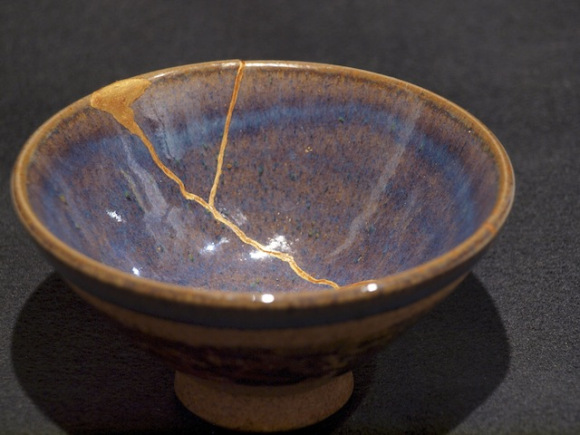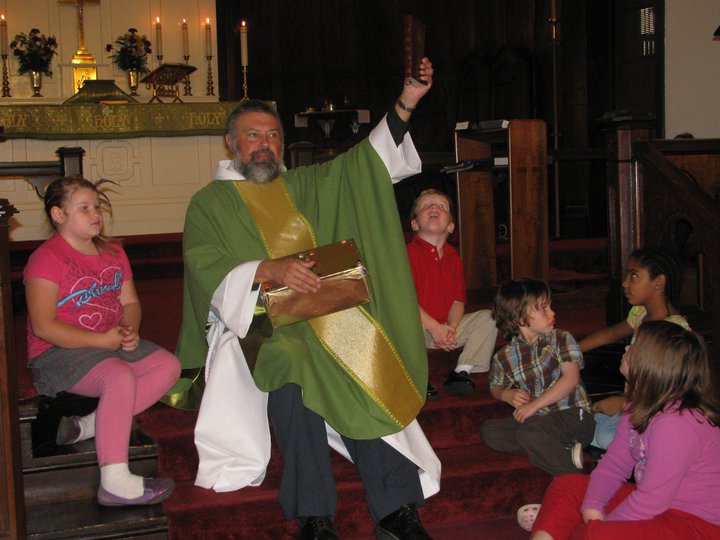What if there was a holy place where people of all ages came
and went as they pleased? What if they offered prayers entirely on their own,
in whatever words (or non-words) they chose? What if there were no clergy or
religious leaders to give people permission to pray, or to make sure they were
doing it right?
I am fortunate enough to have been to such a place. It has
the lovely name of “The Palace of Peace and Harmony Lama Temple.” It was once a
residence of the Qing Dynasty prince Yinzhen. After he took the throne as the
Yongzheng Emperor in 1722, he gave this property to the colony of Tibetan monks
who lived in Beijing. I spent a morning among the clouds of incense—and prayer—during
a recent trip to China.
I came to China with a preconception. I assumed that modern,
post-Mao China was non-religious, if not anti-religious. I was aware that
several faiths were practiced under the watchful eye of the government in a
nation that is officially atheist. I was expecting the Lama Temple to be more
museum than active place of worship.
My first surprise: as I walked from a nearby subway station
to the gate of the Temple, the sidewalk was crowded with energetic salespeople
hawking incense sticks. After having the long, cellophane-wrapped packages
shoved in my face by importunate sellers a few times, I decided to buy a
package, if only to show that I was not, thank you very much, interested in
buying more.
The gate of the Temple gives into a peaceful avenue lined
with willow trees. There are five main halls, each with one or more statues of
the Buddha. Before each building stands an oil lamp used to light the incense
sticks. A kneeling bench that would not look out of place in an Episcopal
church faces the hall. Most people would light three sticks of incense and
kneel with the smoking sticks held up to their foreheads. After a few minutes,
they would rise and bow to the four cardinal directions. The incense would be
left in a bronze brazier, where it would continue to smolder along with the
sticks left by other worshipers.
So, what was I, a Christian, going to do in this place? I
did not want to simply imitate the practices of a faith that was not my own. As
I looked upon the serene face of the Buddha, those first couple of commandments
were in the back of my mind also. (You know—the ones about “no other gods
before me” and “graven images.”) Since one of my many heresies is panentheism,
the belief that God is present in all things, I decided that I could add my own
devotions to those of the many who were with me.
My ritual created on the spot: I lit my three sticks of
incense and prayed for enlightenment, a proper sentiment, I thought, which
would be approved both by the former Indian prince and the carpenter-rabbi of
Nazareth. I made a discreet sign of the Cross with my incense, and then added
it to the other sticks smoldering in the bronze urn. My prayers, along with
those of many others, would continue to rise in the fragrant smoke.
Is there a holy place like this in culturally-Christian
America? When did you last see working people, teenagers, and elderly folk
praying on their own, without someone supervising their practices, or
instructing them from on high? There were a few monks among the crowds, but
they seemed to be offering the same devotions as the “civilians.”
I’d like to think that I brought home a little of the Palace
of Peace and Harmony Lama Temple. I will strive for times of mindfulness and
enlightenment as I go about my daily life. I hope my prayers continue to rise,
even when I go about my life.





